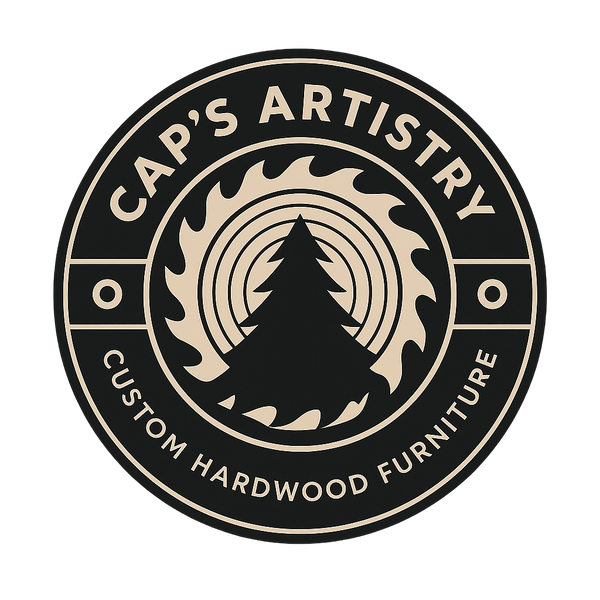Woodworking is more than a craft—it’s a passion. But while you’re shaping, sanding, and assembling your next masterpiece, safety should never take a back seat. Whether you’re a professional woodworker or a weekend hobbyist, the right precautions protect your most valuable tools—you.
Here’s a breakdown of the five key areas every woodworker should prioritize for a safer shop experience.
|
|
🥽 1. Eye Protection: Shielding Your VisionFlying wood chips, sawdust, and tool debris are constant hazards in any shop. Protecting your eyes with safety glasses or goggles is a must. Look for impact-rated lenses (ANSI Z87.1). Wrap-around styles offer better coverage. 👉 Pro Tip: Keep a backup pair in the shop—just in case. |
|
|
🔊 2. Ear Protection: Safeguarding Your HearingPower tools can exceed safe noise levels in seconds. Prolonged exposure can lead to permanent hearing damage. Use earplugs or earmuffs with a high NRR (Noise Reduction Rating). Comfortable, noise-canceling earmuffs can boost your focus too. 👉 Pro Tip: Wear ear protection even during “quick” tasks—it only takes one loud cut. |
|
It's important to purchase a quality mask for repeat exposure! |
😷 3. Face Masks: Protecting Your LungsWood dust, chemical fumes, and fine airborne particles can all cause respiratory issues over time. Wear a dust mask or respirator during cutting, sanding, or finishing. Use a shop vac or dust extractor for added protection. 👉 Pro Tip: Certain hardwoods release toxic dust—mask up every time. |
|
|
🔥 4. Fire Safety: Preventing a Shop DisasterWith sawdust, solvents, and electrical tools all in one space, fire risk is real. Keep your workspace clean and clear of dust buildup. Store flammable products in metal cabinets away from heat. Never leave rags soaked in stain or oil lying around. 👉 Pro Tip: Have a Class A-B fire extinguisher within arm’s reach—and check it monthly. |
|
|
🩹 5. First Aid: Be Ready for the UnexpectedEven with the best habits, accidents can happen. Be prepared with a fully stocked first aid kit in your workshop. Include the following: Bandages and antiseptic Tweezers and burn cream A finger splint Emergency contact sheet 👉 Pro Tip: Take a local first aid course—it could save a life. |







